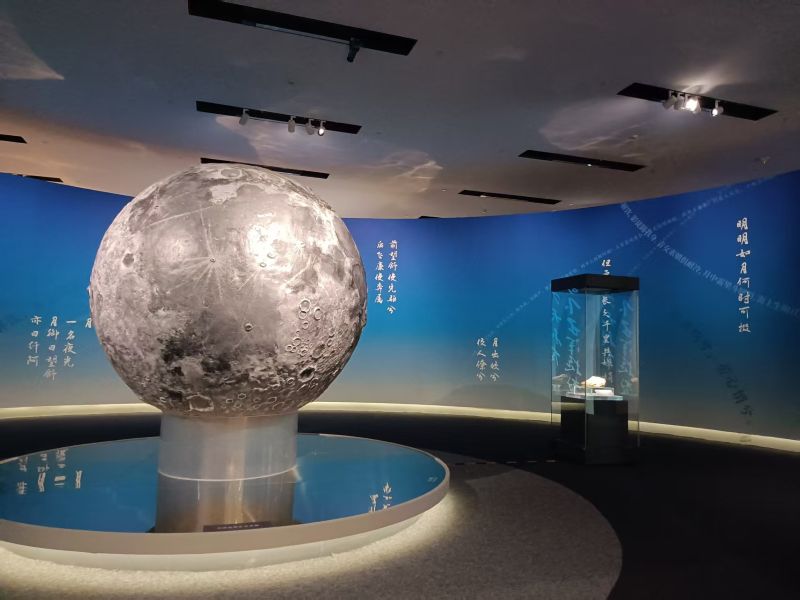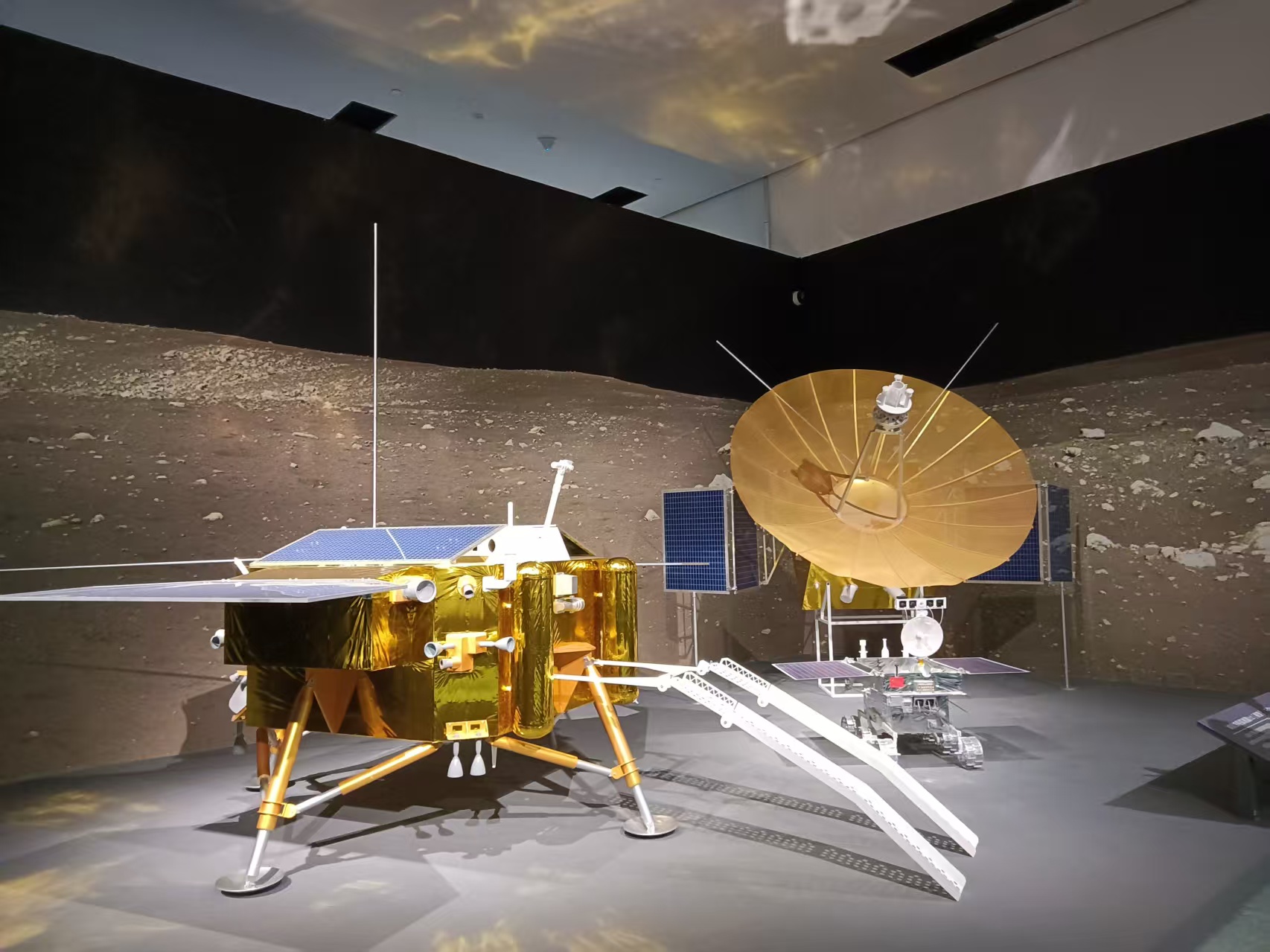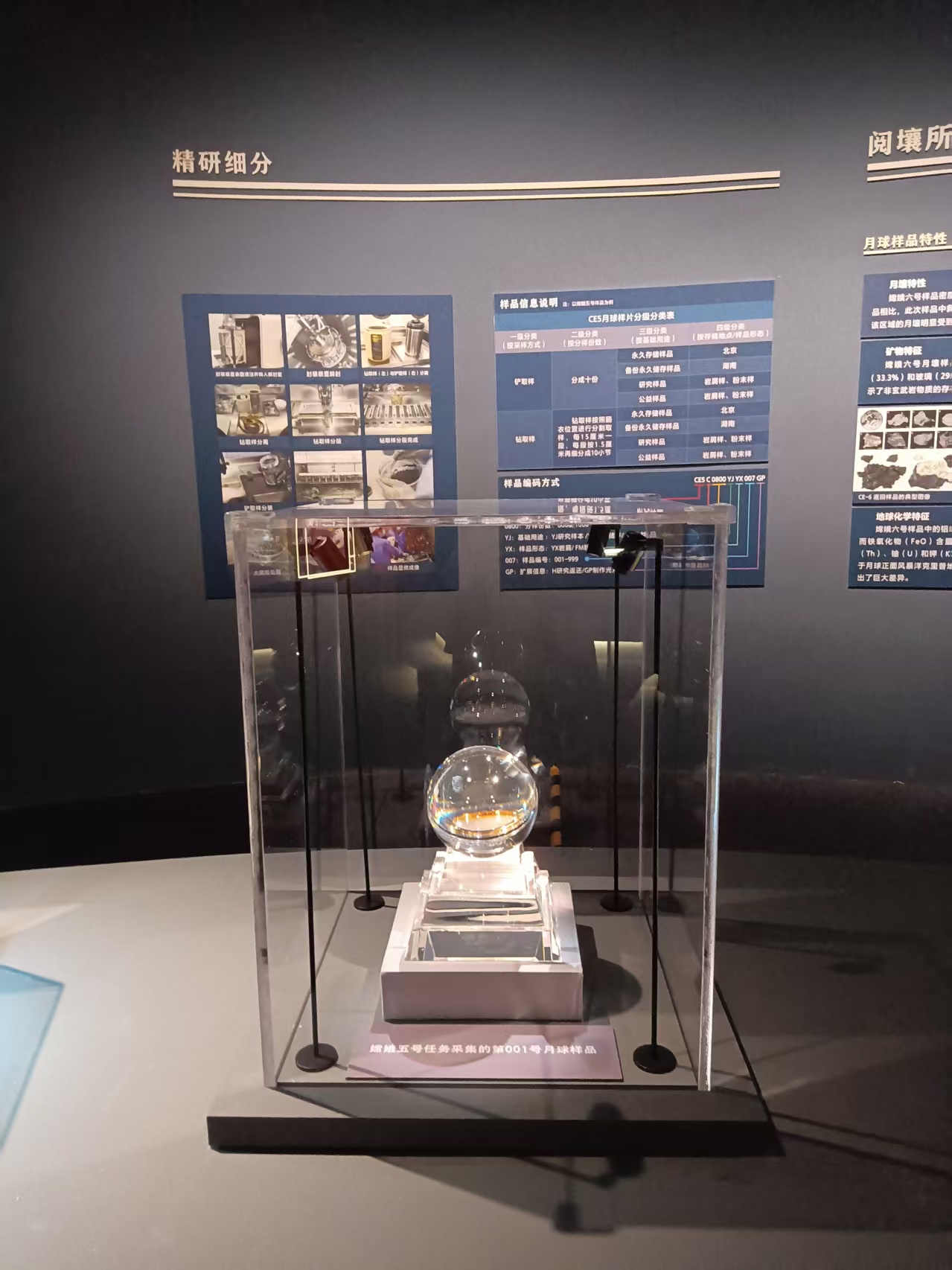China’s Lunar Ambitions Take Center Stage in Beijing Exhibition

Two decades after embarking on an ambitious quest to explore the moon, China is showcasing its lunar achievements in a new exhibition at the National Museum of China (NMC). Titled “20 Years of Chinese Lunar Exploration Program,” the display offers a rare glimpse into the country’s strides in space, featuring moon samples, spacecraft models, and artifacts from its landmark missions.
Organized by the China National Space Administration’s Lunar Exploration and Space Program Center and the NMC, the exhibition marks the first public display of lunar samples collected from both the near and far sides of the moon—a feat only China has accomplished. Alongside these prized specimens are over 100 artifacts, including engineering blueprints, mission logs, and the rover that made history by traversing the lunar surface.

Since its inception in 2004, China’s lunar program has followed a carefully charted three-step strategy: orbiting, landing, and returning. The exhibition traces this journey, beginning with the Chang’e-1 orbiter, which in 2007 became the country’s first probe to reach the moon. A major milestone came in 2013, when Chang’e-3 and its rover, Yutu (Jade Rabbit), touched down on the lunar surface—the first soft landing there in nearly four decades.
Perhaps the program’s most daring achievement was the 2019 Chang’e-4 mission, which placed a lander and rover on the moon’s far side, a region shrouded in mystery due to its perpetual invisibility from Earth. To overcome communication challenges, China first deployed the Queqiao (Magpie Bridge) relay satellite, a technological triumph that enabled real-time data transmission.

The crowning moment came in 2020, when Chang’e-5 successfully brought back lunar soil—the first such return since the 1970s. These samples, now on display, have fueled new scientific research while cementing China’s place among the world’s leading spacefaring nations.
Beyond hardware, the exhibition highlights the human story behind the missions, emphasizing the teamwork and innovation that propelled China’s lunar ambitions. “This is not just about technology; it’s about turning a millennia-old dream into reality,” said a spokesperson for the Lunar Exploration Program, referencing ancient Chinese myths about the moon. The display also underscores the “lunar exploration spirit”—a mantra of perseverance, collaboration, and pushing boundaries that officials say mirrors China’s broader modernization drive.
Running for two months, the exhibition is the first in a series of events commemorating the program’s 20th anniversary. Next, organizers plan a nationwide tour and lectures to promote public interest in space exploration.